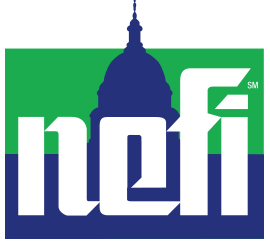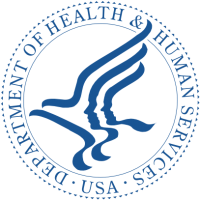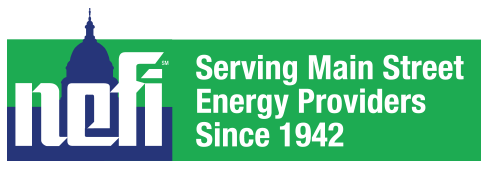Last week, the U.S. Department of Health and Human Services (HHS) announced the release of the remaining $401.5 million in FY25 LIHEAP funding. These funds represent the final 10% obligated for the FY 2025 budget. NEFI was informed that that the administration brought in a contractor for a limited time specifically to manage this funding release.
In other news, LIHEAP has been officially cut in the budget outline released by the Trump administration last Friday.
The administration believes that LIHEAP is unnecessary because it argues that states have policies preventing utility disconnection for low-income households, effectively making LIHEAP a pass-through benefit for utilities in the Northeast. It also claims that LIHEAP rewards states like New York and California, which it says have implemented anti-consumer policies driving up home energy prices.
In its argument the administration cited a study from 2010 by the Government Accountability Office (GAO), which found names of 11,000 deceased individuals and hundreds of prisoners used as applicants for funds.
However, Mark Wolfe from the National Energy Assistancee Directors Association (NEADA) has taken exception to the arguments made by the administration regarding the program stating:
“While states did not agree with many of the claims in the report, it resulted in the establishment of a joint HHS/state task force to modernize the application process, increase program integrity, and increase the frequency of state program audits. As such, all the issues identified in the now 15-year-old report have been more than adequately addressed.
Second, the administration cites utility disconnection laws as suitable protection for low-income families. Utility disconnection rules only delay payment; they do not eliminate the bill. Once the moratorium expires, the family is responsible for a payment they could never afford, and without LIHEAP, even more families would face shut-off conditions.
Third, the administration bemoans that New York and California are some of the largest recipients. It should come as no surprise that a program helping low-income families would have larger allocations to states with higher populations. LIHEAP is a national program, providing grants to all 50 states, DC, territories, and tribes. If program funding was ended, millions of low-income families all across the country—not just in New York and California—would struggle even more to pay their home energy bills.”
NEFI strongly supports LIHEAP and is actively working to preserve the program and secure funding for FY 2026. We have joined forces with the National Energy & Utility Affordability Coalition (NEUAC) and other partners to advocate for the program. NEFI participated in and sponsored this year's LIHEAP Action Day, and we are circulating an "all parties letter" to Congress to emphasize the program's importance. Our commitment reflects our understanding that energy access is a necessity, not a luxury.

 Admin - 10:00 am -
May 06th, 2025
Admin - 10:00 am -
May 06th, 2025 







